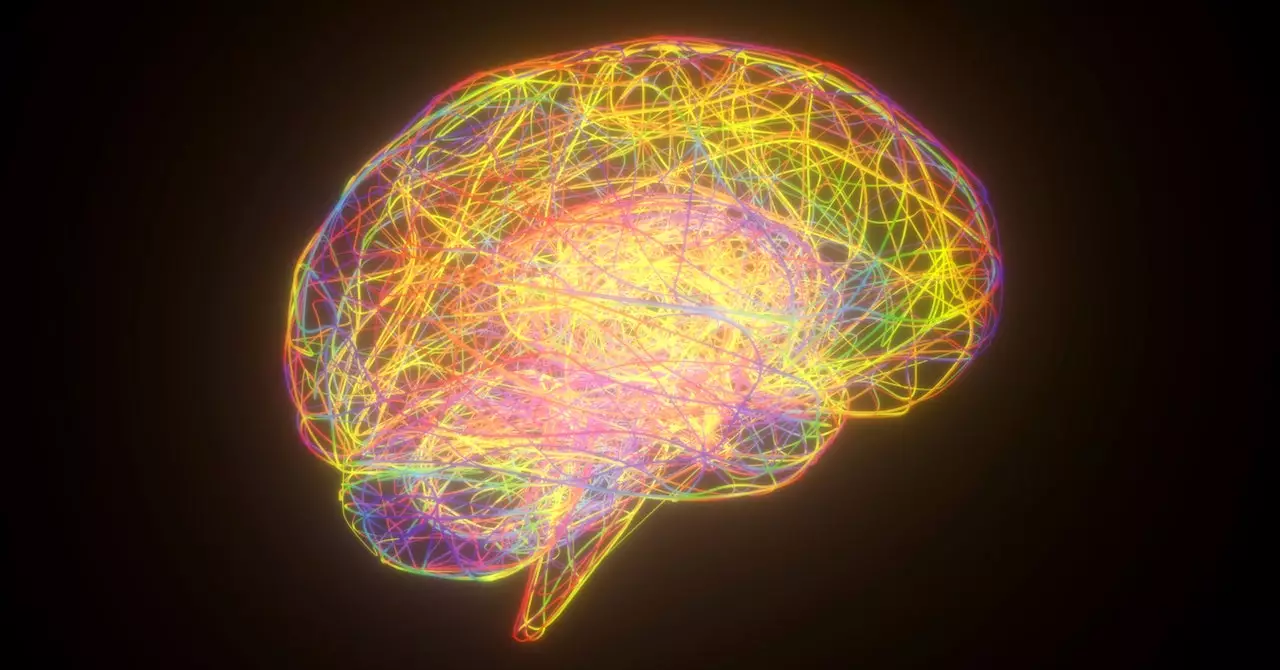The rise of generative artificial intelligence technology has been impossible to ignore in recent years. AI-generated summaries, prompts for AI tools, and the widespread use of large language models have become common in online interactions. OpenAI’s release of ChatGPT in 2022 marked a turning point, sparking an obsession with generative AI in Silicon Valley and beyond. As a result, AI tools powered by these models have become integrated into various online platforms.
However, the proliferation of generative AI has come with a significant downside – the increased resource intensity of computing processes. According to Sajjad Moazeni, a computer engineering researcher, generative AI applications are 100 to 1,000 times more computationally intensive than traditional online services like Google Search or email. This heightened demand for computing power has ushered in the era of hyper-consumption on the internet, characterized by excessive electricity and water usage in data centers.
The energy needs of generative AI for both training and deployment have become a pressing concern. Experts predict surges in energy demand at data centers as companies race to build larger and more powerful AI tools. Junchen Jiang, a networked systems researcher, highlights the direct relationship between energy consumption and computational intensity. As AI models continue to grow in size, data centers must scale up their computational resources, leading to a linear increase in energy consumption.
The environmental impact of generative AI technology on data centers is substantial. Google’s decision to no longer consider itself carbon neutral and Microsoft’s potential compromise of sustainability goals reflect the growing energy demands of AI applications. Corina Standiford, a spokesperson for Google, acknowledges the challenge of reducing emissions from suppliers who provide the necessary infrastructure for data centers. The production of servers, networking equipment, and other components for AI models contributes significantly to the carbon footprint of these technology giants.
The widespread adoption of generative AI technology has brought about a new era of resource-intensive computing and energy consumption challenges for data centers. As AI models continue to grow in complexity and size, the environmental impact of these technological advancements must be carefully monitored and addressed. Companies and researchers must work together to develop sustainable practices and reduce the carbon footprint of generative AI applications to ensure a greener future for the digital landscape.


Leave a Reply